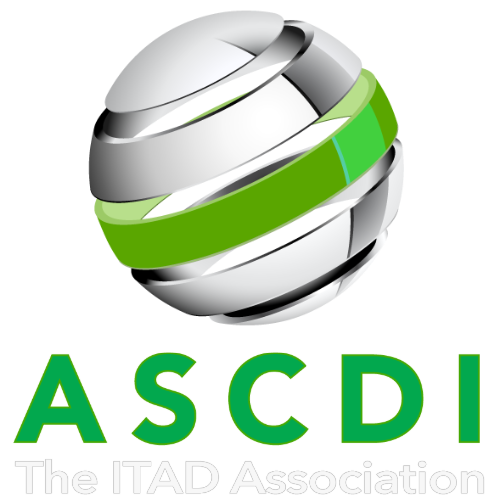Four Reasons to Gain Control of Your ITAD Logistics
For IT asset managers, one of the most common practices in IT asset disposition is also one of the riskiest. Most ITAD providers bundle logistics into their service offering for the sake of simplicity and convenience to their customers. However, the downsides of this practice can outweigh the benefits.
Just as we might rely on a general contractor building a house to hire competent subcontractors, we count on the ITAD providers to work with logistics providers to take care of assets from pickup through delivery. But each time a company hires another company there is a little more disconnection and loss of visibility and control. And often there are more disputes.
If the two parties are not tightly integrated, there are likely to be gaps in communication and blind spots. How do you know how many assets were picked up—or which ones? How do you know that some of them didn’t get broken or lost in transit? How do you know the true costs of logistics as separate from the value of your assets?
Asset Tracking
The importance of tracking IT assets from the point of pickup is rarely disputed. From the time assets leave a company’s facility, visibility is a key issue for an IT asset manager (ITAM). And an ITAM’s visibility is solely a function of the ITAD provider’s capability for transparency. The reality is that very few ITAD providers actually perform their own logistics—they outsource it—and that’s the first disconnect.
Large companies that require IT asset recovery in multiple locations are likely to be serviced by a variety of outsourced local logistics companies contracted by the ITAD provider. They are probably not using the same onsite processes or technology in every location to track assets. The ITAD provider who hired them generally does not know the driver or crew, whether they have had background checks, if they brought the correct packing materials, or if they have ever performed these types of pickups before.
By contrast, separating logistics services from ITAD services enables an ITAM to select a provider that specializes in IT asset recovery, and can insist on key best practices and high standards of transparency. For example, specialized logistics providers can:
- Label each asset with a unique ID number captured electronically at pickup for end-to-end asset-level tracking
- Assure that the crew has been vetted and trained in IT asset recovery
- Control the packing materials and onsite packing standard operating procedure used by the crew
- Provide hand-held technology used by the onsite crew that ties to a reporting platform accessible to the ITAM
- Provide documented proof of pickup and proof of delivery with date/time stamps for a complete chain of custody
Cost Control
When an ITAD provider outsources logistics services, they generally add a little margin for their trouble—as they should—since coordinating this process takes time. While their rates may be competitive, the added margin is often invisible to the ITAM and out of their control.
Further, if an ITAM has struck a value sharing deal with an ITAD provider to recover some of the resale value of their assets, the costs of logistics are often not clearly delineated. Without transparency into the actual costs of logistics, how can an ITAM accurately account for the costs vs. value back? By discon- necting a bundled service, an ITAM can account for costs for each service clearly and accurately.
Compliance
Both HIPAA and Sarbanes Oxley regulations require companies to show that they have “internal controls” in place to protect data on their IT assets. These requirements do not end at the back door. ITAMs are responsible for demonstrating that they have taken steps to exert such control over data-bearing assets in transit up to the time of data destruction.
The risk of data breach is highest between the time assets leave the com- pany’s back door and the time they reach the delivery dock at the ITAD facility. If an ITAM contracts with an ITAD provider who contracts with a subpar logistics provider, the ITAM has no direct control over or relationship with the company that may have lost assets or left them vulnerable to breach.
Instead, by working with a logistics provider with whom the ITAM has a direct relationship, the ITAM demonstrates that they have control and accountability. And if that provider can track every asset with a complete chain of custody, the ITAM’s company has complied with regulatory requirements to take all available precautions to protect sensitive data.
Best of Breed Solutions
Most businesses strive to work with the best companies who employ the best technology and the best processes to achieve their objectives. IT asset disposition should be no different.
Perhaps an ITAM wants to work with one ITAD provider for laptops and tablets, and a different provider for data center equipment. Shouldn’t the standards of service for ease of scheduling a pickup, onsite packing, asset tracking and chain of custody documentation be consistent, regardless of the destination? ITAMs should have the freedom to choose partners for their own reasons—proximity, value back, quality service, fastest turnaround time, reporting, or options for disposition such as donations—without sacrificing visibility, accountability and control.
Moreover, an ITAM should be able to achieve the same high standards for logistics regardless of whether the company is redeploying assets to another location, returning leased assets, or shipping them off for remarketing.
By selecting a company with a platform that provides a dashboard view to shipments of all kinds to all locations and partners, an ITAM can better meet their responsibilities for compliance and asset management. When an ITAM is not dependent on an ITAD provider to arrange logistics, they can get the best white glove service available, have the most convenient, technology-driven processes on the market, and have complete control over when assets are picked up and where they wind up. Working with a logistics platform company also enables easy access to tracking data and updates within asset management platforms such as ServiceNow.
When handling IT assets at end of life, best practices indicate separating logistics for more control and less risk. If it is not wise to put all one’s eggs in one basket, then it is equally unwise to blindly bundle all ITAD services.



